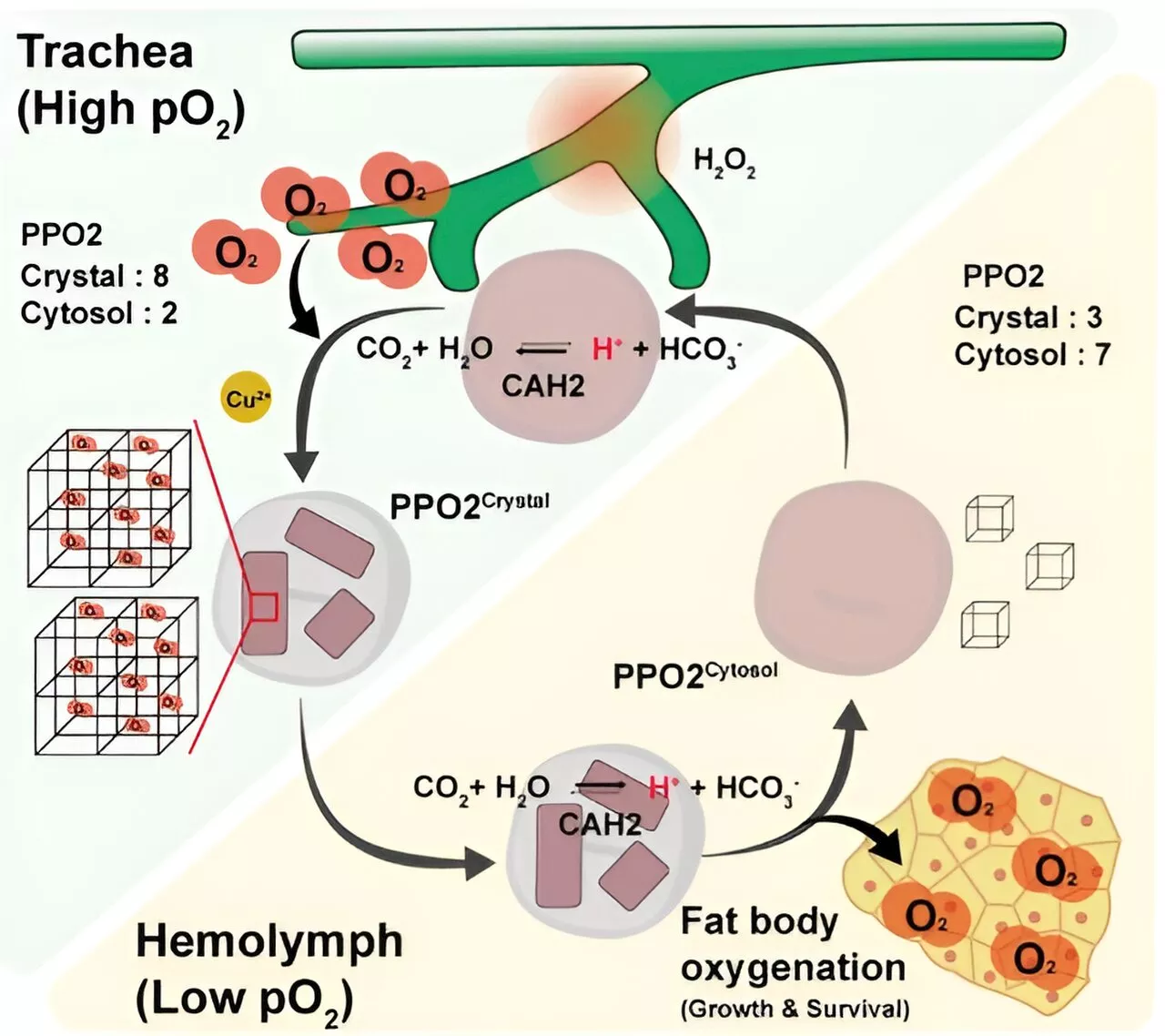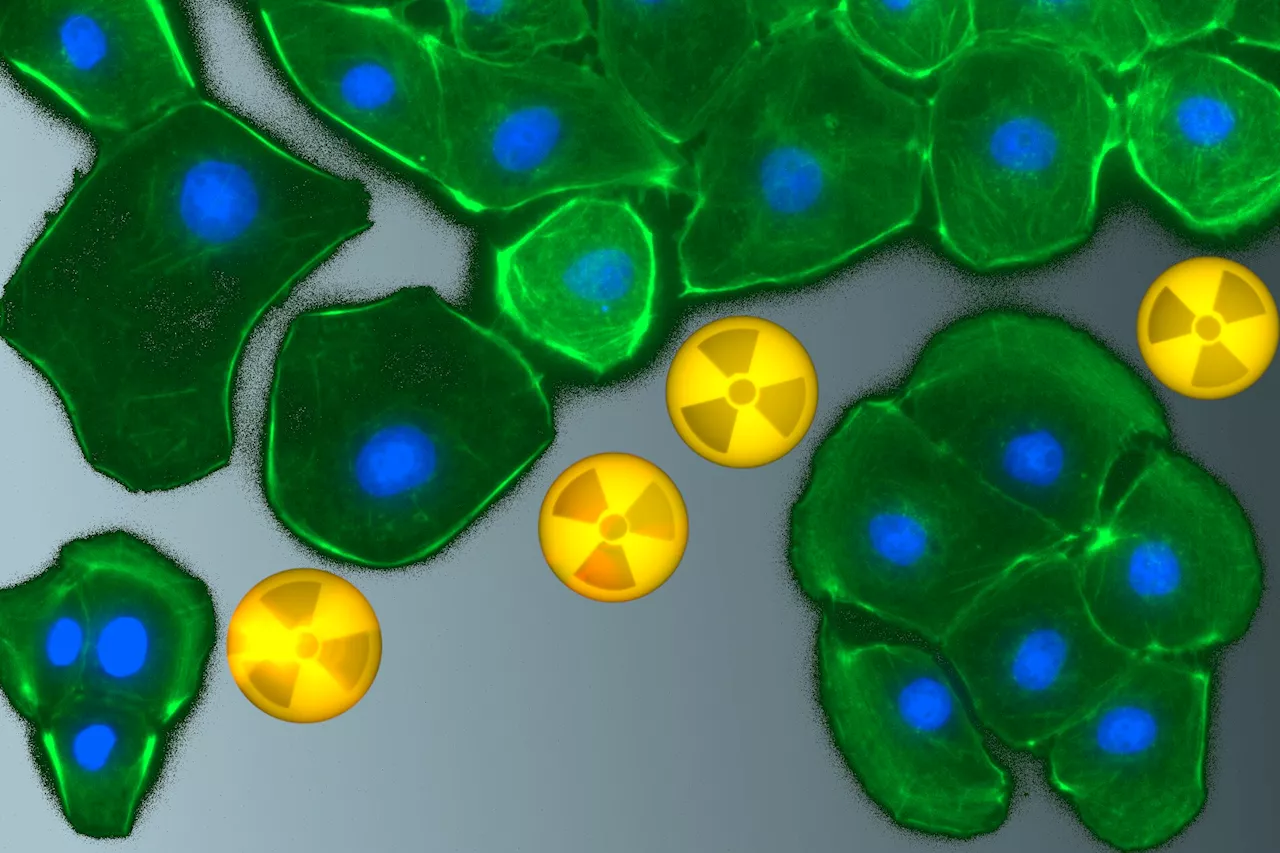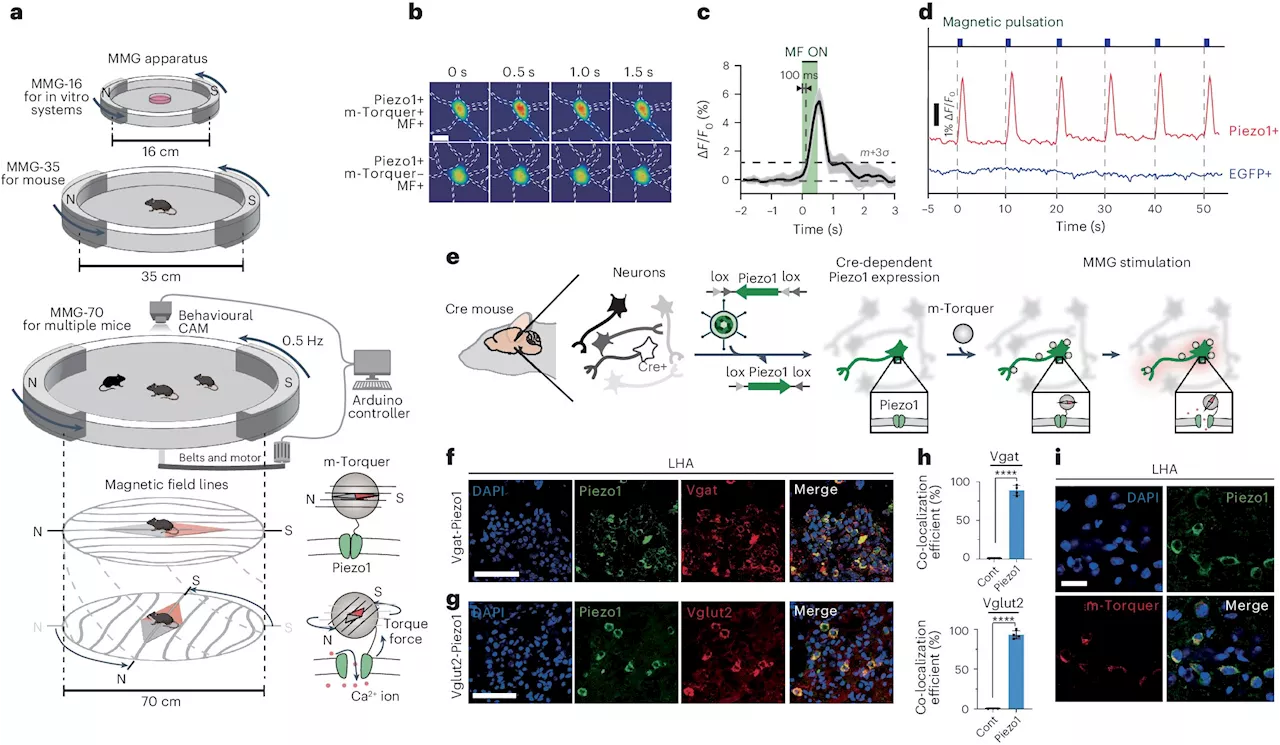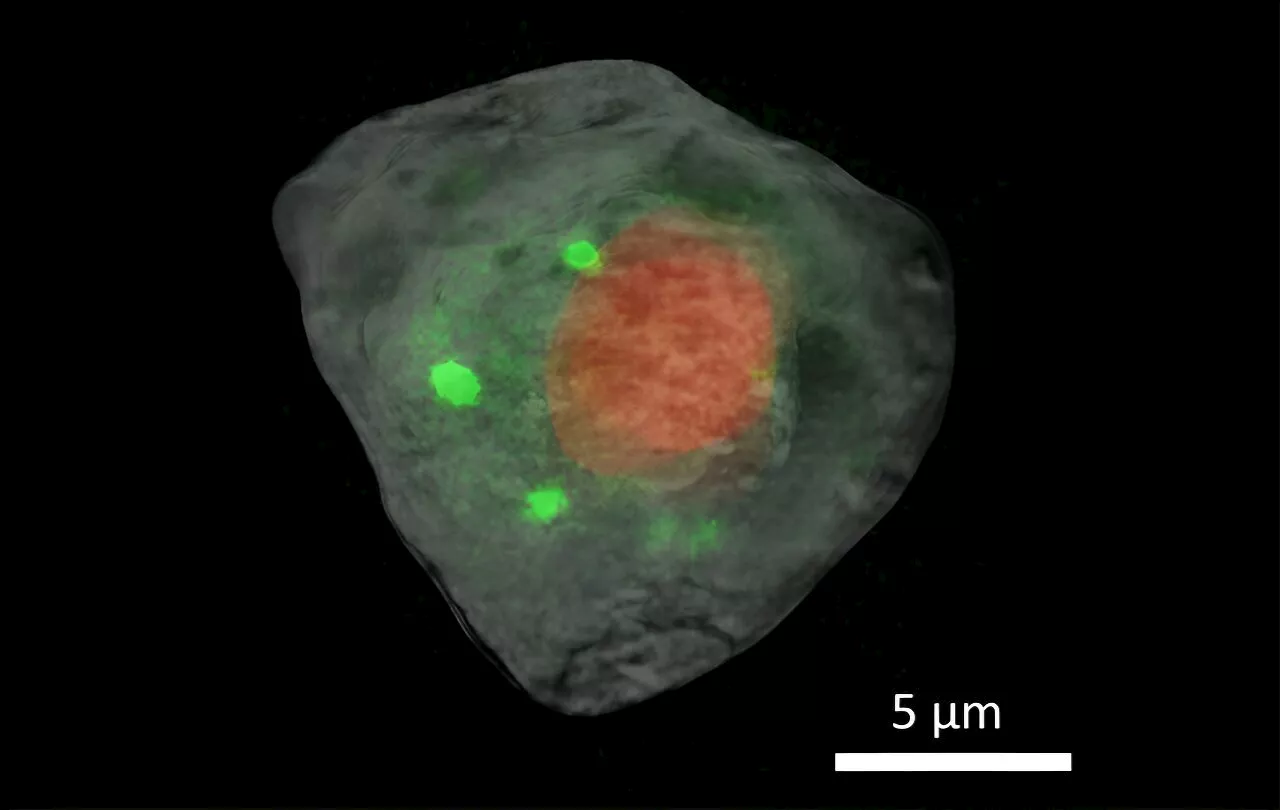Every plant, animal, and person is a rich microcosm of tiny, specialized cells. These cells are worlds unto themselves, each with their own unique parts and processes that elude the naked eye.
Researchers explore a single cell using advanced X-ray imaging techniques retrieved 23 July 2024 from https://phys.org/news/2024-07-explore-cell-advanced-ray-imaging.html
This document is subject to copyright. Apart from any fair dealing for the purpose of private study or research, no part may be reproduced without the written permission. The content is provided for information purposes only.Use this form if you have come across a typo, inaccuracy or would like to send an edit request for the content on this page. For general inquiries, please use ourThank you for taking time to provide your feedback to the editors.
Your feedback is important to us. However, we do not guarantee individual replies due to the high volume of messages.to let the recipient know who sent the email. Neither your address nor the recipient's address will be used for any other purpose. The information you enter will appear in your e-mail message and is not retained by Phys.org in any form.Get weekly and/or daily updates delivered to your inbox.
Physics News Science News Technology News Physics Materials Nanotech Technology Science
United States Latest News, United States Headlines
Similar News:You can also read news stories similar to this one that we have collected from other news sources.
 Researchers pore through dusty records, modern databases to identify every creature and plant in MinnesotaSome of the records are in journals filed away in cabinets of small universities around the state. Some are in the hand-scribbled notes that priests and nuns used a century ago to teach about Minnesota's plants. Others are in the meticulously kept collections, computers and notebooks of professors, bird watchers and botanists.
Researchers pore through dusty records, modern databases to identify every creature and plant in MinnesotaSome of the records are in journals filed away in cabinets of small universities around the state. Some are in the hand-scribbled notes that priests and nuns used a century ago to teach about Minnesota's plants. Others are in the meticulously kept collections, computers and notebooks of professors, bird watchers and botanists.
Read more »
 I've worked (almost) every Prime Day—here are the products I buy every yearI have worked in the commerce industry for over a decade and am currently the Vice President of Commerce at the New York Post. Maybe you’ve enjoyed our shopping content and it’s helped …
I've worked (almost) every Prime Day—here are the products I buy every yearI have worked in the commerce industry for over a decade and am currently the Vice President of Commerce at the New York Post. Maybe you’ve enjoyed our shopping content and it’s helped …
Read more »
 Researchers determine that crystal cells in fruit flies help transport oxygen throughout the bodyA team of life scientists at Hanyang University, in Korea, working with a pair of colleagues from the Korea Advanced Institute of Science and Technology, has found that fruit flies use crystal cells to transport oxygen throughout their bodies.
Researchers determine that crystal cells in fruit flies help transport oxygen throughout the bodyA team of life scientists at Hanyang University, in Korea, working with a pair of colleagues from the Korea Advanced Institute of Science and Technology, has found that fruit flies use crystal cells to transport oxygen throughout their bodies.
Read more »
 A closer look at cell toxins: Researchers examine how radionuclides interact with kidney cellsWhen radionuclides enter our organism, whether by inhalation, ingestion, or through wounds, they pose a potential health risk. Many previous studies on radionuclide exposure have focused mainly on animal experiments. However, we have little data on toxicity at the cellular and molecular level.
A closer look at cell toxins: Researchers examine how radionuclides interact with kidney cellsWhen radionuclides enter our organism, whether by inhalation, ingestion, or through wounds, they pose a potential health risk. Many previous studies on radionuclide exposure have focused mainly on animal experiments. However, we have little data on toxicity at the cellular and molecular level.
Read more »
 Researchers pinpoint brain cells that delay first bite of foodDo you grab a fork and take a first bite of cake, or say no and walk away? Our motivation to eat is driven by a complex web of cells in the brain that use signals from within the body, as well as sensory information about the food in front of us, to determine our behaviors.
Researchers pinpoint brain cells that delay first bite of foodDo you grab a fork and take a first bite of cake, or say no and walk away? Our motivation to eat is driven by a complex web of cells in the brain that use signals from within the body, as well as sensory information about the food in front of us, to determine our behaviors.
Read more »
 Nanomedicine researchers develop new technology to control neural circuits using magnetic fieldsResearchers at the Center for Nanomedicine within the Institute for Basic Science (IBS) and Yonsei University in South Korea have unveiled a technology that can manipulate specific regions of the brain using magnetic fields, potentially unlocking the secrets of high-level brain functions such as cognition, emotion, and motivation.
Nanomedicine researchers develop new technology to control neural circuits using magnetic fieldsResearchers at the Center for Nanomedicine within the Institute for Basic Science (IBS) and Yonsei University in South Korea have unveiled a technology that can manipulate specific regions of the brain using magnetic fields, potentially unlocking the secrets of high-level brain functions such as cognition, emotion, and motivation.
Read more »
